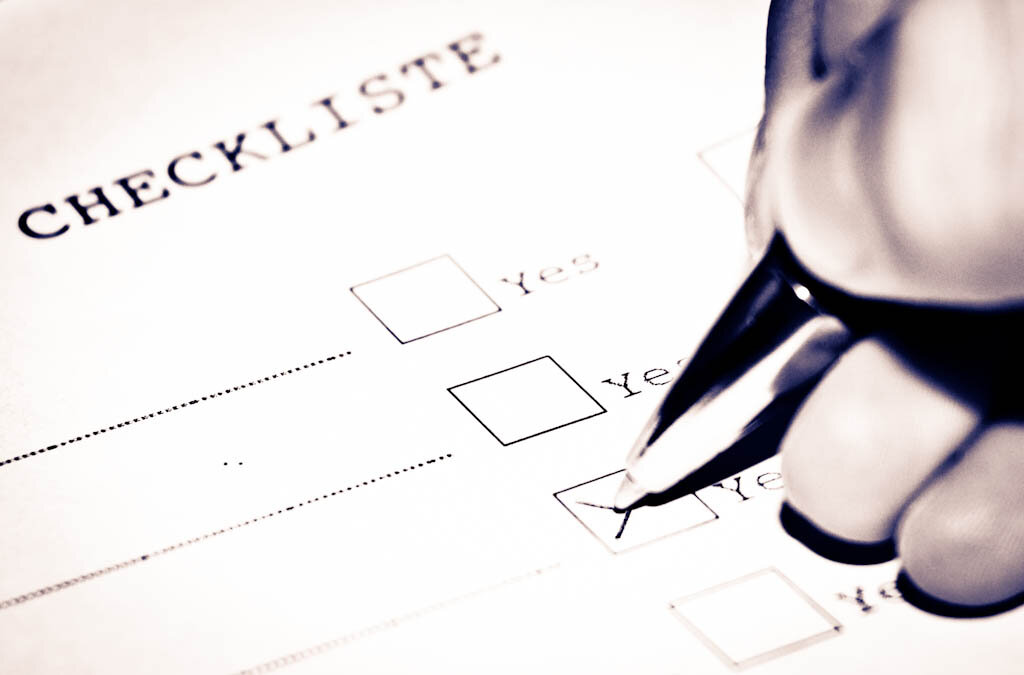
About the index
Here’s some background on how the index was developed. It all started with a government report…
Image of the Creative America report preface addressed to former President Clinton (image by me)
Creative America: A Report to the President
In 1997, the President’s Committee on the Arts and Humanities made a call to action in their report Creative America: A Report to the President for “public agencies and the private sector to support a national assessment of the nation’s preservation needs and a plan to protect our cultural legacy” (n.p.). Until that time, there was no way to understand the magnitude needed to care for objects in collections at museums, libraries and archives across the country. As materials and objects continued to be acquired, it became a very real possibility that their longevity was under threat at organizations that care for inanimate objects preserved for future use and study. In 2001, Heritage Preservation, formerly the National Institute for the Conservation of Cultural Property, answered the call to action to develop a national study. The result was the Heritage Health Index study.
Image of the Heritage Health Information Survey report (image by me)
Heritage Health Information
The HHI is the only comprehensive survey about object and collections preservation in nonprofit cultural institutions in the United States. The study began as a means to benchmark the state of preservation in the U.S. taking a 360-degree scan of collections care and preservation practice. Topics range from staffing resources, budget allocations, disaster planning, both physical and digital storage systems, and the number of objects by type and condition of deterioration. It was collected in two different rounds, once in 2004 and once in 2014. Because HHI covers the most comprehensive range of topics in preservation practice, it represents the best data source for any analysis on collections care, and indeed, proved so important as a resource to the conservation, preservation and cultural heritage sectors that it was collected twice. Until now, analysis of the data has provided the respondents and researchers with an overview that describes how practice is performed at the national level with descriptive statistics by question.
Screenshot of the Collections Care Index tool
Collections Care Index, a tool
In order for practitioners in preservation to identify where to improve their work, or where to dedicate additional resources within their organization, measurement and analysis must be at the institutional level. It is for this reason that this tool exists providing practitioners across the GLAM sector with a necessary means to evaluate and improve for their work stewarding our collective cultural heritage.


